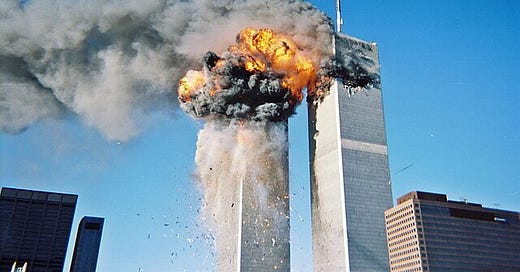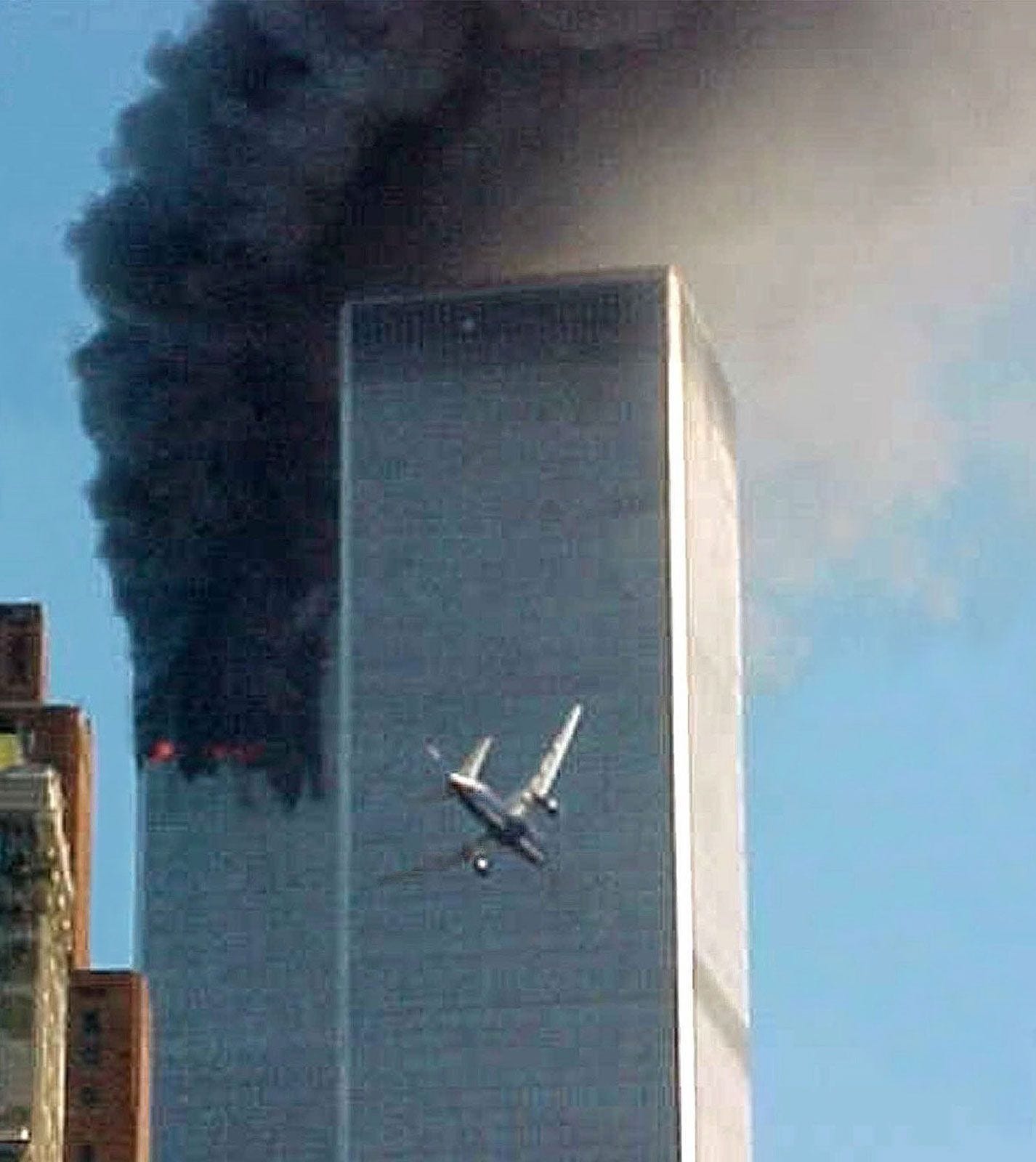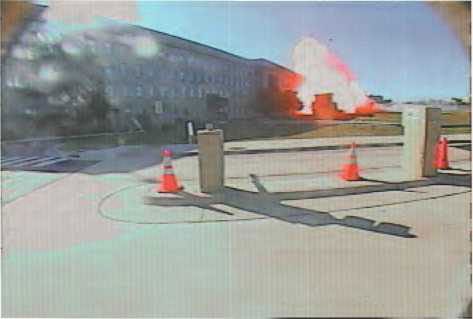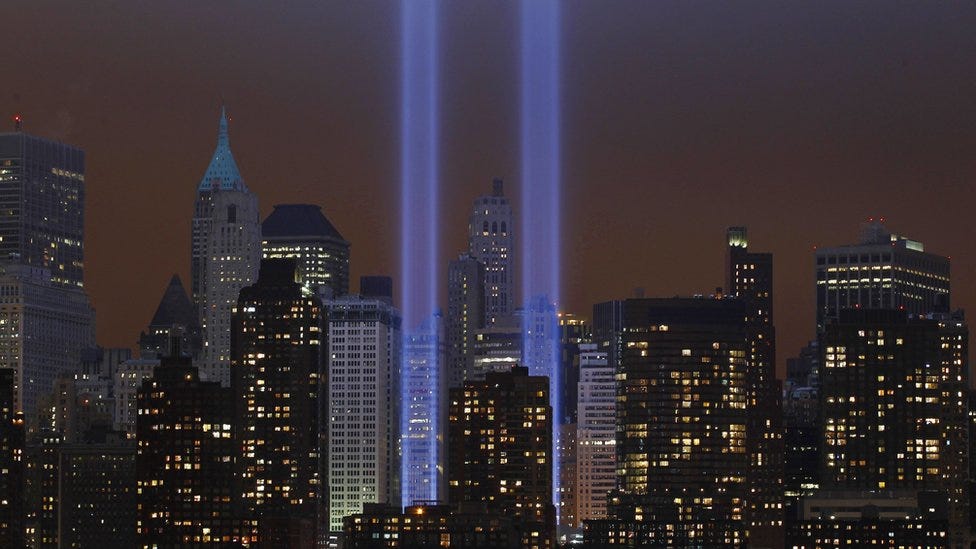Uncovering the Hidden Truths of 9/11: A Detailed Analysis of Captain Dan Hanley’s Revelations
Introduction: Setting the Stage for a Deep Dive
The tragic events of September 11, 2001, have become a defining moment in world history. Officially, the attacks are attributed to a group of terrorists from the Islamist extremist group al-Qaeda, who hijacked four commercial airliners and used them as weapons to strike key targets in the United States. The destruction of the World Trade Center, the attack on the Pentagon, and the crash of United Airlines Flight 93 in Pennsylvania left thousands dead and reshaped global geopolitics forever.
However, as time has passed, doubts have surfaced. Captain Dan Hanley, a seasoned aviation professional with 35 years of experience, offers a perspective that challenges the official narrative. Hanley, a former United Airlines pilot and Navy aviator, has spent years investigating the events of 9/11, and his work with 9/11 Pilot Whistleblowers has brought new revelations to light. In a recent interview on the Redacted platform, Hanley shared his insights and offered compelling arguments on what really happened on that day.
In this article, we will analyze Captain Dan Hanley’s claims and examine the evidence he presents. We will also contextualize his views within the broader debate about 9/11, offering a balanced exploration of the different perspectives and theories.
The Inability of the Hijackers: Was It Humanly Possible?
One of Hanley’s core arguments centers on the inexperience of the alleged hijackers, particularly their ability to pilot the planes that struck the Twin Towers and the Pentagon. He asserts that these individuals, who were reportedly trained on flight simulators, could not have performed the precise maneuvers required to hit such targets at high speeds.
Hanley emphasizes the technical challenges involved in flying a commercial airliner like the Boeing 767 into a building with such accuracy. With the wingspan of a 767 being 156 feet, the margin for error was minimal. According to Hanley, even seasoned pilots would have struggled to pull off the precision required to strike the towers on the first attempt.
"These guys couldn't have done it. I interviewed Pakistan Air Force fighter pilots who have flown every plane under the sun, and they told me, 'You do not get in a jet aircraft without months of practice to hit a target like that,'" Hanley explains. This point is crucial in his larger argument, suggesting that the hijackers were either not the true perpetrators or that they were somehow assisted by a more sophisticated system.
Hanley’s testimony adds a layer of credibility to the widely debated issue of whether the hijackers had the skills to carry out such a complex operation. Aviation experts often point to the fact that it is exceedingly rare for individuals with no formal flight training to execute such precision flying, which raises questions about the official narrative. However, this point also invites further scrutiny from critics, who argue that flight simulators could have provided the hijackers with enough skills to carry out the attacks, especially with the element of surprise on their side.
Nevertheless, Hanley’s perspective emphasizes the need for alternative explanations, which ties into his broader theory about the involvement of advanced technology in these attacks.
The Autopilot Theory: Was the Hijacked Planes Remotely Controlled?
One of the most provocative claims Hanley makes in the interview is that the hijacked planes were not flown by the alleged hijackers but were instead remotely controlled via an advanced autopilot system. According to Hanley, the technology for such a system has existed since the 1940s, and the hijacked planes could have been controlled through a system known as the uninterruptible autopilot.
Hanley points to photographic evidence showing strange anomalies in the images of the planes before they struck the towers, such as pods under the wings that would not have been present on a standard 767. "There was a pod on the bottom of the aircraft, and a 767 doesn’t have that pod. That couldn’t have been United 175," Hanley argues, implying that something other than a commercial airliner may have been involved in the attack.
Furthermore, Hanley asserts that the precision flying required to strike the towers was far beyond the capabilities of the hijackers. Instead, he posits that military-grade technology such as remote-controlled systems or an autopilot mechanism was used to guide the planes to their targets with pinpoint accuracy.
The idea of remote-controlled planes is one of the more controversial aspects of the 9/11 alternative theories. While modern aircraft are equipped with autopilot systems, the notion that these planes were remotely controlled raises several questions. How could such a system have been implemented without detection? What about the possibility of electronic interference or hijacking by unknown parties?
Hanley’s argument about the uninterruptible autopilot is not entirely new; it has been discussed by other experts in aviation and military technology. However, it remains speculative without clear evidence. Critics of this theory often point out that there is no direct, publicly available proof linking the system to the 9/11 attacks, though Hanley’s work with whistleblowers is part of an ongoing investigation into this possibility.
The Pentagon Attack: Cruise Missile or Commercial Aircraft?
Another key part of Hanley’s discussion revolves around the attack on the Pentagon. Hanley questions whether the aircraft that struck the Pentagon was truly American Airlines Flight 77 or whether it was something else, like a cruise missile. He draws attention to a CNN news report from the day of the attack, where a journalist on the scene stated that there was "no evidence of a plane having crashed anywhere near the Pentagon."
“From my close-up inspection, there are no large tail sections, wing sections, or fuselage. Nothing like that anywhere around,” Hanley recalls. This testimony casts doubt on the official story, which claims that a Boeing 757 crashed into the Pentagon, causing extensive damage and loss of life.
The debate over the Pentagon attack remains one of the most contentious aspects of 9/11 conspiracy theories. Hanley’s claim that a cruise missile might have struck the building, rather than an airplane, is consistent with some alternate theories that question the official narrative. However, experts and eyewitnesses who were at the scene have testified to the presence of an aircraft wreckage, including small pieces of debris.
That said, Hanley raises an important point: the lack of large debris at the Pentagon site and the strange footage from that day do warrant further investigation. While the Pentagon’s physical evidence supports the story of an airplane crash, the peculiarities in the wreckage and conflicting eyewitness testimonies leave room for skepticism.
Shanksville and Flight 93: A Mysterious Crash Site
The final piece of the 9/11 puzzle Hanley addresses is the crash of United Airlines Flight 93 in Shanksville, Pennsylvania. Hanley describes the crash site as "unbelievable," pointing out that there was minimal debris, which suggests that the plane may have exploded in mid-air or been shot down.
“I have a good friend who did extensive Freedom of Information Act requests and obtained information showing that the debris field was scattered over 70 acres. This indicates the plane came apart in the air,” Hanley explains.
The Shanksville crash site has long been shrouded in mystery, with conspiracy theorists pointing to the lack of large plane debris and the unusual nature of the crash. Some theorists claim the plane was shot down to prevent it from reaching Washington, D.C. Others argue that the plane was diverted and crashed due to mechanical failure or sabotage.
The physical evidence and reports from the crash site are inconclusive, which allows for multiple interpretations. Hanley’s assertion that the plane was brought down by military intervention ties into his broader theory of a larger conspiracy involving intelligence agencies and advanced military technology.
What Really Happened on 9/11?
Captain Dan Hanley’s revelations challenge the official narrative of the 9/11 attacks. His focus on inexperienced hijackers, the possibility of remotely controlled planes, and the peculiarities surrounding the Pentagon and Shanksville crashes raises significant questions about the events of that fateful day. While his claims are contentious and remain speculative, they contribute to a broader discourse about government transparency, military interventions, and the forces that shaped the War on Terror.
As Hanley himself admits, there is much uncertainty surrounding the exact sequence of events, but the facts—such as the inability of the hijackers to fly the planes and the existence of sophisticated technology—cannot be ignored. Whether or not his theories are ultimately proven, they serve as a powerful call for more thorough and transparent investigations into the events of September 11, 2001.
In the years since 9/11, as new information continues to surface, the questions surrounding the attacks remain unresolved, leaving many to wonder: Who really benefited from 9/11, and why are so many critical details still being concealed from the public?
Hanley’s work represents a critical examination of the mainstream narrative, offering an alternative perspective that warrants further investigation. While his conclusions may not be universally accepted, his questions about the events of 9/11 serve as an important reminder of the need for transparency in government investigations, particularly those with such far-reaching global consequences.
Support My Work – Help Secure a Stronger Future
If you enjoy reading Financial Anarchy and find value in the content I produce, I would greatly appreciate your support through a paid subscription or donation. While almost all my work is available for free, your support helps me maintain and grow this platform while providing for my family.
Your contributions allow me to continue creating high-quality, insightful material on finance, economics, and global events—without relying on outside funding. This means I can remain independent and focused on delivering the content that matters to you.
Becoming a paid supporter, even at a small level, helps improve my financial stability, allowing me to dedicate more time and resources to producing content you love. Every donation makes a difference, and your support truly means the world to me and my family.
Thank you for being part of Financial Anarchy. Together, we can continue to grow this community and keep the content coming!









